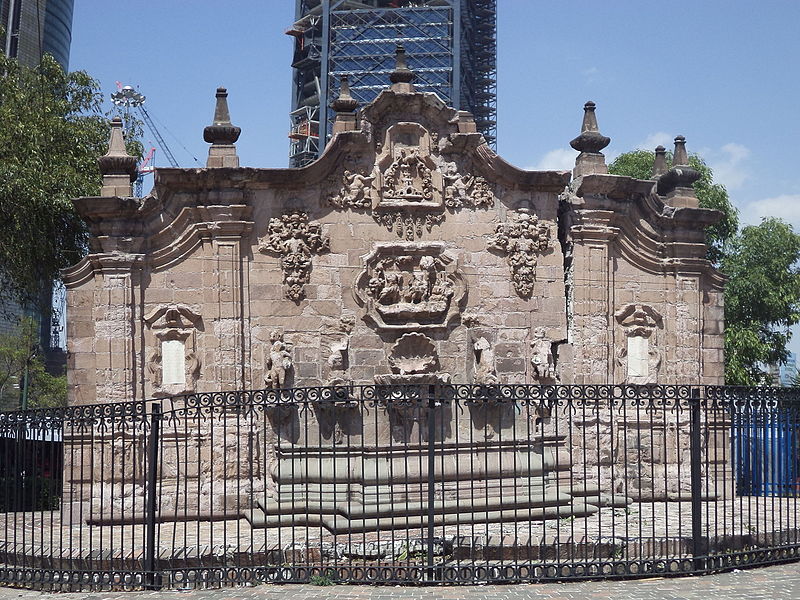
La Fuente de Chapultepec formó parte de un largo acueducto que, partiendo de los manantiales situados en el interior del bosque seguía un trayecto que actualmente conocemos como avenida Chapultepec. Al igual que otros acueductos que en tiempos pasados surtían con agua fresca a la ciudad, en la actualidad, gran parte de éste pertenece ya al dominio de la historia.
El acueducto de Chapultepec se comenzó a construir en 1418. Fue erigido con materiales locales, básicamente cieno, barro y troncos de árboles, lo cual lo convertía en una estructura frágil. Por ejemplo, en 1449 colapsó y dejó a la antigua ciudad sin abasto de agua durante muchas semanas. Nezahualcoyotl, famoso gobernante del reino náhuatl de Texcoco, muy notorio por su destreza en la ingeniería, ordenó entonces que una multitud de trabajadores se dedicaran a levantar otro, mucho más robusto, que siguió el mismo trayecto que el anterior. Como lo reportó Hernán Cortés en sus Cartas de Relación, ese nuevo acueducto tenía un nivelado doble; y por cierto, fue el mismo Cortés, quien apreciando su gran valor estratégico, ordenó destruirlo para cortar el abasto de agua a los mexicas durante el sitio de Tenochtitlán.
Mucho tiempo después, en 1716, se construyó allí mismo un acueducto más. Pero éste sería de mayor duración y la foto que mostramos arriba retrata un vestigio que sobrevive al día de hoy. Se necesitó construir un total de 904 arcos de ladrillo y argamasa para posibilitar el flujo de agua desde los manantiales, popularmente llamados “albercas” de Chapultepec. En la etapa colonial, el suministro de agua aportado por este acueducto llegaba a la entonces pequeña Ciudad de México y a Tacubaya. Como ya dijimos, este acueducto se extendía por lo que ahora es avenida Chapultepec, pero se prolongaba hasta las avenidas Belén e Izazaga (también bajo sus actuales denominaciones). En este recorrido de 4 kilómetros se situaron tres fuentes, las cuales hacían posible a los consumidores obtener el vital líquido.
La primera, conocida actualmente como Fuente de Chapultepec y que es la que aparece en la fotografía, estaba en el Bosque de Chapultepec. En ese tiempo abastecía al ya desaparecido pueblo de Chapultepec y a San Miguel Chapultepec (ahora una colonia), que eran parte de Tacubaya. Aunque fue desplazada de la ubicación donde se le edificó, la estructura que hoy podemos admirar es la original.
La segunda fuente estaba en lo que fue la intersección de las avenidas Izazaga y Niño Perdido (hoy intersección del Eje Central/Lázaro Cárdenas y la avenida Arcos de Belén). En este caso, la estructura de la fuente que hoy se ve es una réplica fabricada en 1948. La original, que estaba ya muy dañada, fue llevada al Museo del Virreinato, en Tepotzotlán, Estado de México.
La tercer fuente estaba algo más alejada, en La Merced, al otro lado del Centro Histórico de la CDMX. Pero ya no sobrevive, pues fue demolida a finales del siglo XIX.

Cercano a 0.18 kms.
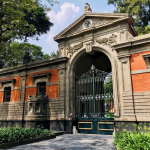
Cercano a 0.23 kms.

Cercano a 0.26 kms.
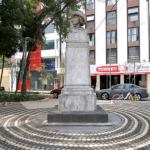
Two historic public spaces in Mexico City's Roma Norte . . .
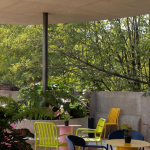
A cultural center for the community in Roma Norte . . .
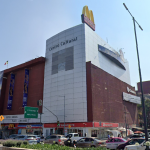
A major center for Musical Theater and a monument to a resiliante spirit...
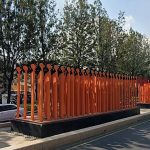
Una de las muchas esculturas públicas de la Avenida Chapultepec...
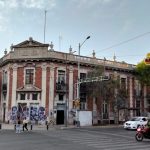
Uno de los históricos complejos de vivienda favoritos de la Ciudad de México...